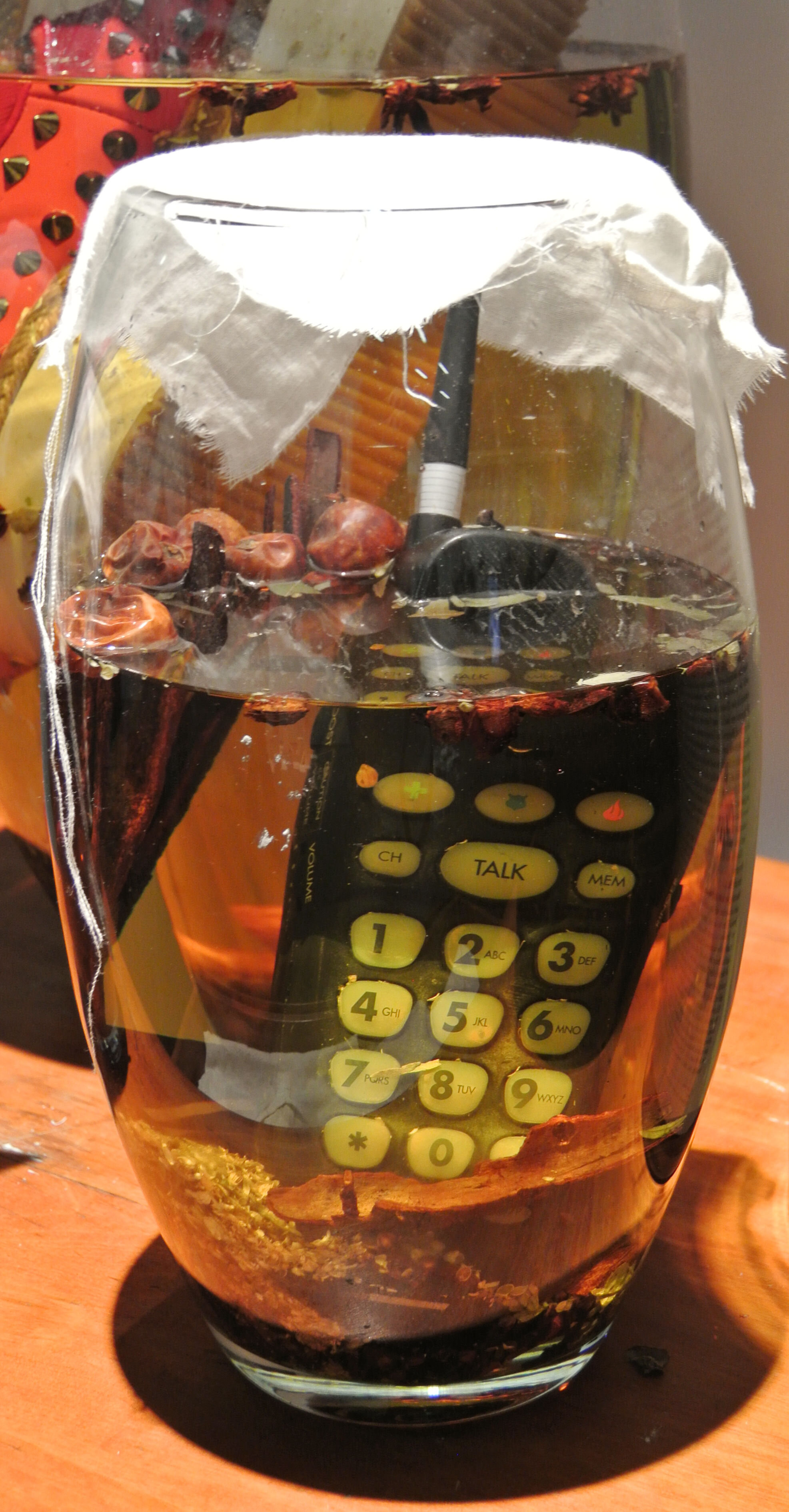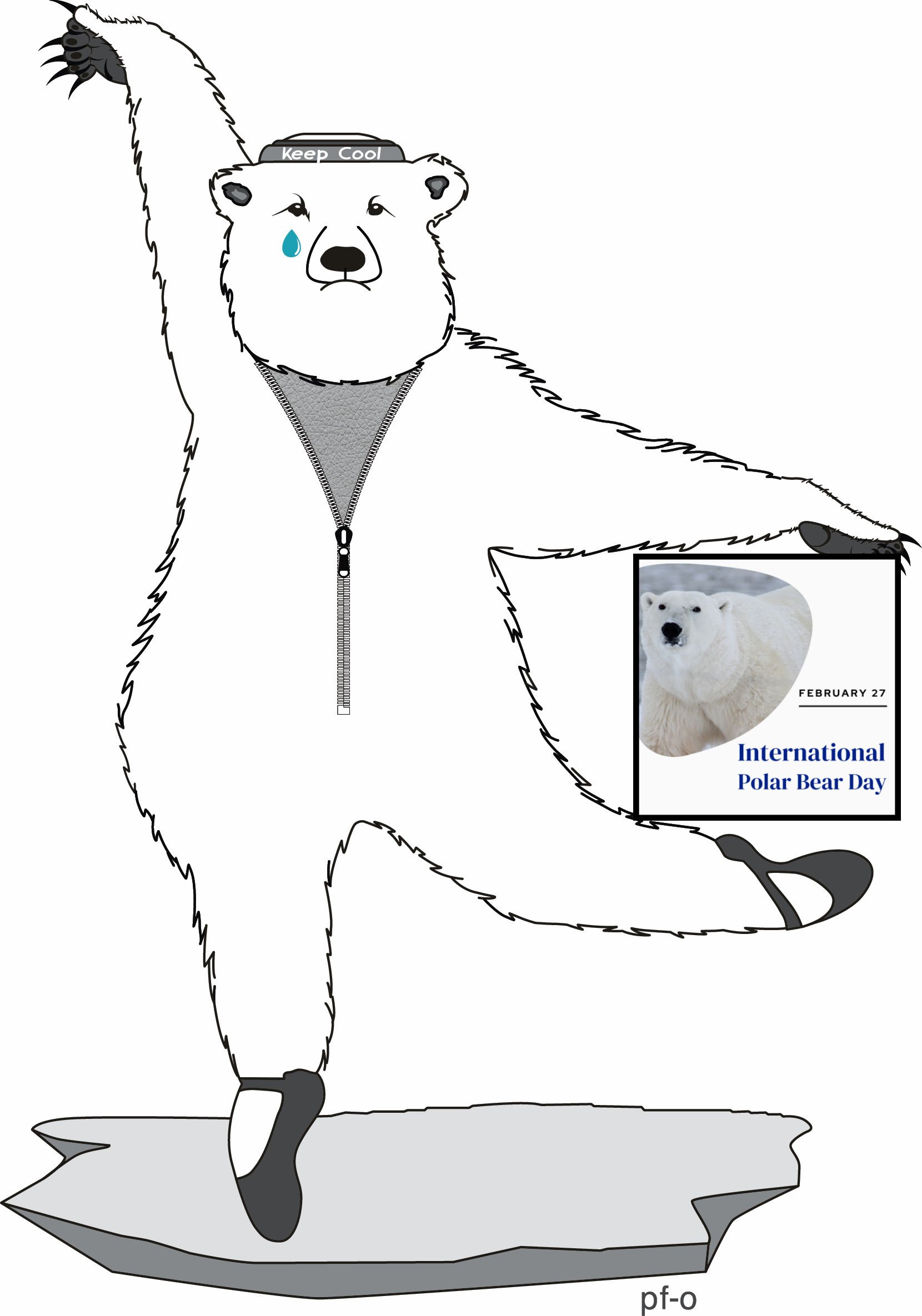
News and Updates
This section features stories that highlight how remarkable yet fragile the ocean is. It also speaks to the connection between humans and the ocean and our responsibility to protect it.
Stories, unless otherwise noted, are written by Pam Ferris-Olson, PhD. Pam has studied ocean creatures, worked in communication, and, as founder of Women Mind the Water, focuses on the relationship between humans and water. Her Wo(men) Mind the Water Artivist Series explores the work of artivists (artists +activists) and their impact in influencing change.
How hot is it? Enough to sicken hundreds of sea lions and dolphins
How hot is it? The answer is no laughing matter because hundreds of sick and dying sea lions and dolphins have been seen on beaches, the result of toxic algal blooms associated with warmer ocean waters and linked to high levels of domoic acid. Domoic acid is a naturally occurring toxin that can make humans and marine mammals sick. The biggest takeaway is that as ocean temperatures changed, there is the potential for more frequent and more extreme harmful implications.
Saving Coral Reefs
Coral reefs cover an extremely small amount of the Earth’s surface, but support 25 percent of all marine life. People worldwide rely on coral reefs for food resources, protection from the damaging properties of waves, and economic benefits including recreation and tourism. Coral reefs are negatively impacted by changes in water chemistry (e.g., ocean acidification) and increases in water temperature and sediment levels. Because heatwaves are becoming increasingly frequent across the globe and ocean temperatures are rising, it is important to understand how reefs are impacted and promote their survival. This article discusses what is being done.
Seagrass: Large Enough to See from Space but for How Long?
Seagrass meadows are critical marine habitat because they are the foundation of a highly productive marine food web. Their degradation results in increased coastal erosion, wave action, and ocean acidification as well as declines in commercially important fish and shellfish species, water quality, and carbon storage contributing to further effects of global warming. Seagrass meadows are being lost at a rate of around 7% annually, equivalent to two football fields every hour.
International Polar Bear Day - February 27
February 27 is International Polar Bear Day. My latest story in the news section of WomenMindtheWater.com discusses polar bears, the only bear considered a marine mammal. IPB Day corresponds to the time when polar bears are hidden in their dens with their new cubs. Learn more about this Arctic bear and link to video about polar bear denning research.
Blue Carbon and the Climate Crisis
What is Blue Carbon? Blue carbon is directly related to marine ecosystems and their ability to sequester carbon dioxide. These ecosystems are pivotal in the fight against climate change. Ecosystems like mangroves, tidal marshes, and seagrass beds also have an important role in protecting coastlines from storm surge, erosion, flooding, as well as providing vital habitat for marine life. Conversely, when blue carbon ecosystems are negatively influenced, directly or indirectly, by human activities, it undermines their ability to sequester and store carbon resulting in the release of harmful greenhouse gases.
Why Save the Whales?
Whales play a vital role in the well-being of the planet. They contribute to the production of oxygen we breathe, sequestration of carbon that otherwise would increase the rate of global warming, awareness of the state of the ocean’s health, and the economy of many coastal communities worldwide.






